By Christopher Miskimon
A B-29 crew’s worst nightmare was a MiG-15 fighter boring in on them with its 23mm cannon blazing. The MiG pilot’s own nightmares involved the F-86 Sabre, a jet with similar performance in most areas, but with pilots who were often vastly more experienced and aggressive. The F-86’s six .50-caliber machine guns could tear a plane to pieces just as well as the Soviet-built plane’s cannon could. Determined to sweep the MiGs from the skies, American Sabre squadrons often went hunting for MiGs. “MiG Alley,” the area around the Yalu River in North Korea, proved a target-rich environment.
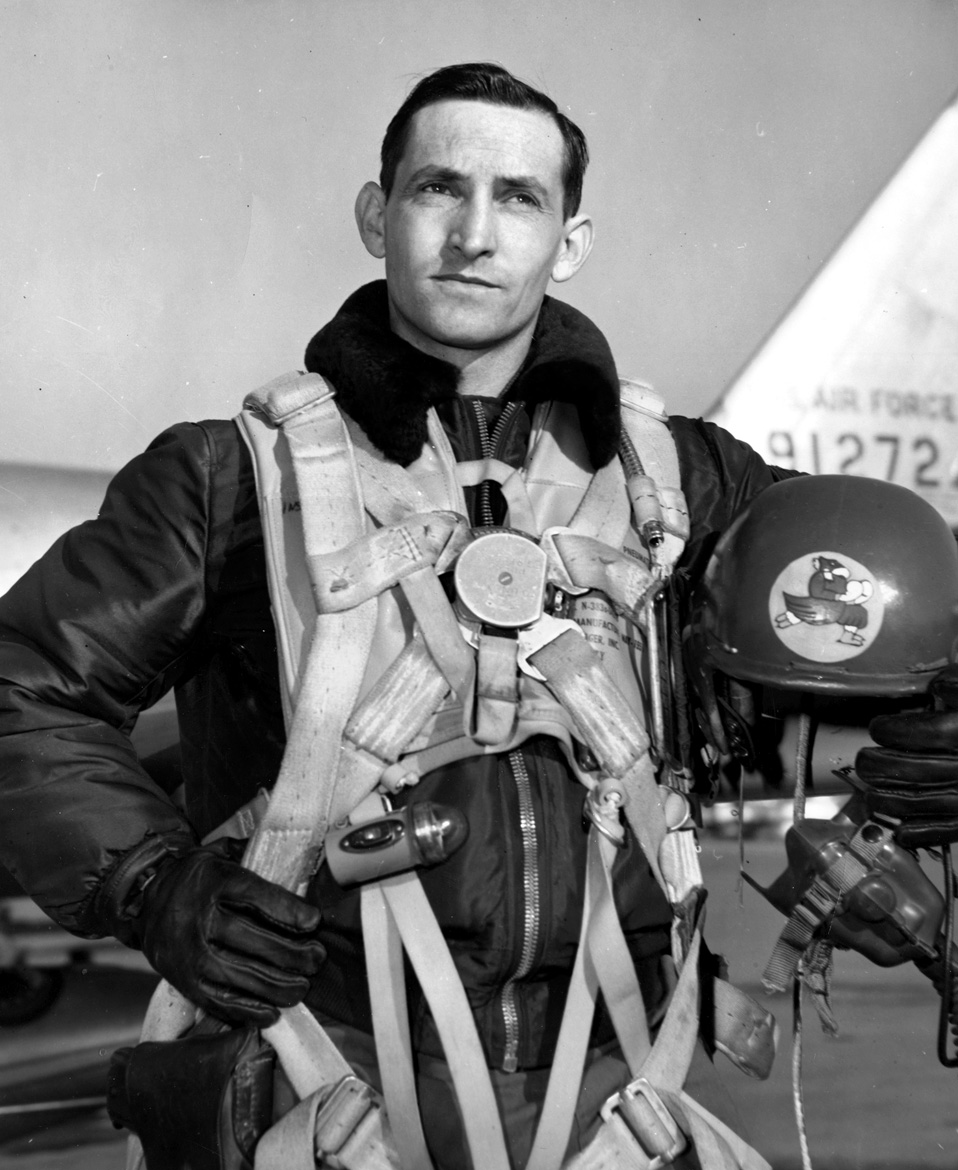
By early 1952, the Americans had a system in place designed to improve their chances of catching the enemy at a disadvantage. The F-86s took off in flights of four, with flights staggered three minutes apart. Three Sabre squadrons, totaling 48 aircraft, needed 33 minutes to all get airborne. This allowed the Americans to keep aircraft constantly over MiG Alley, so that any MiG groups that rose to intercept the Sabres were met by fresh planes coming in. Often the Sabre pilots flew below the contrail level, so that if they saw a plane leaving a contrail above them, they knew it was hostile. This also meant any MiGs diving on them from above the contrail level would be visible. They flew until they ran low on fuel before returning to Kimpo or Seoul airfields.
The combat became intense, and casualties could be high. Three Soviet pilots, secretly flying for the North Koreans, met disaster in January 1952. Two pilots were shot down but managed to bail out of their stricken planes. Both suffered wounds sufficient to put them out of the war. The third, Senior Lieutenant V.G. Stepanov, died while landing his battle-damaged MiG-15. U.S. fighter ace Major George A. Davis, who had 14 victories, died in February 1952. Both the Soviet and Chinese air forces took credit for his downing.
In March 1950, the Soviet pilots received brand-new MiG-15b fighters, which their opponents quickly noticed, since the new planes had dull silver-green paint rather than the clear varnish of previous models.
In one instance the Americans tried to kill North Korean pilots before they’d even learned to fly. On July 4, 1952, a force of 70 F-84s attacked the North Korean military academy at Sakchu. U.S. intelligence indicated that the academy trained approximately 2,000 officer cadets. A regiment of MiGs rose to intercept the incoming U.S. attack aircraft, but they failed to notice a covering force of F-86s, which dove on the MiGs and shot down seven of them, at the cost of just a single F-86. Subsequent waves of MiGs suffered four more losses to one American loss. The bombing mission achieved little result, but the covering force achieved a significant tactical success. Later that summer, United Nations Forces began receiving the
F-86F, with a more powerful engine that could match that of the MiG-15b. A new wing design also improved high-speed, high-altitude maneuvering. A night fighter known as the F3D Skyknight also made its first appearance that summer.
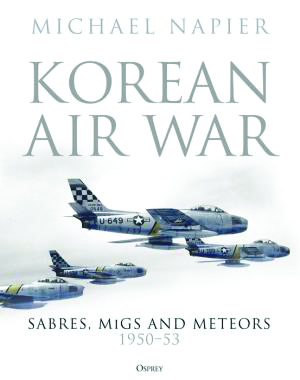 The air war over Korea proved a constant back-and-forth struggle. Pilots of varying skill levels faced off in aerial duels. The United Nations Forces usually held the advantage. Aircraft-design improvements came at a fast pace as each side tried to give their flyers a decisive edge in combat. Many piston-engine aircraft still flew, mainly as bombers and close-air-support planes, but the age of the jet was decisively ushered in during the conflict.
The air war over Korea proved a constant back-and-forth struggle. Pilots of varying skill levels faced off in aerial duels. The United Nations Forces usually held the advantage. Aircraft-design improvements came at a fast pace as each side tried to give their flyers a decisive edge in combat. Many piston-engine aircraft still flew, mainly as bombers and close-air-support planes, but the age of the jet was decisively ushered in during the conflict.
The overall arc of the Korean air campaign is well told in Korean Air War: Sabres, MiGs and Meteors 1950-53 (Michael Napier, Osprey Books, Oxford UK, 2021, 319 pp., photographs, appendices, glossary, bibliography, index, $40.00 hardcover).
The author succinctly explains the capabilities of both sides of the Korean air war. Pilot quality, logistics, and advancing technologies all came into play. A dizzying variety of aircraft flew during this war, from leftover World War II aircraft to the latest jets, and each is shown in its own capacity.
The author also deftly offers context by providing information on the reason each air force flew the missions it did and how the missions contributed to the air campaign as a whole. The book is extensively illustrated using both color and black and white photography, showing both aircraft and pilots plying their deadly trade. A glossary and several appendices assist the reader and list ace pilots with five or more confirmed victories, a small but proud club of aviators on both sides of the war.
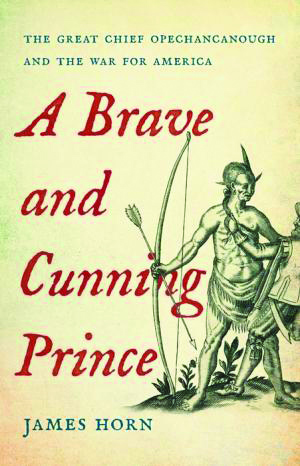 A Brave and Cunning Prince: The Great Chief Opechancanough and the War for America (James Horn, Basic Books, New York NY, 2021, 320 pp., maps, illustrations, notes, bibliography, index, $30.00, hardcover)
A Brave and Cunning Prince: The Great Chief Opechancanough and the War for America (James Horn, Basic Books, New York NY, 2021, 320 pp., maps, illustrations, notes, bibliography, index, $30.00, hardcover)
During the mid-1500s, Spanish explorers sailed up the Chesapeake Bay, where they kidnapped a small Native American boy and took him back to Spain, then later to Mexico. He returned to North America a decade later, now converted to Catholicism and with a band of Jesuits intent on establishing a Christian mission. Not long after he returned to his home continent, he organized a war party, killed the Jesuits, and began a lifelong struggle to rid his homeland of Europeans. The English called him Opechancanough, and he helped create one of the most powerful native chiefdoms in the Mid-Atlantic region. This chief of the Powhatan Confederacy fought against British settlers when they arrived in Virginia, starting the first of many bloody wars between the English and the Native Americans. These wars lasted four decades and almost destroyed the fledgling English presence before it could grow into a colony and eventually a state.
This biography brings to light one of North America’s forgotten military figures. It is the first book written about Opechancanough and his struggle to save his people from subjugation. It also reveals the subject’s keen sense of strategy, intelligence gathering, and tactical skill, belying biased accounts of Native American military acumen. The author’s detailed research is evident in the work’s flowing text, accompanied by good maps and numerous illustrations.
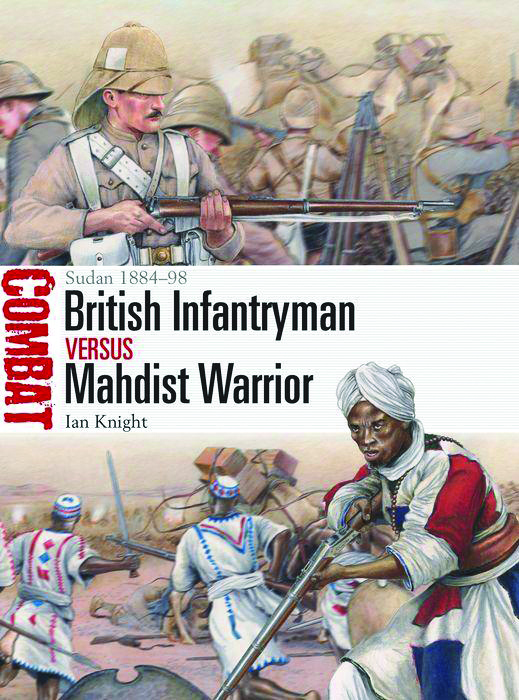 British Infantryman Versus Mahdist Warrior: Sudan 1884-98 (Ian Knight, Osprey Books, Oxford UK, 2021, 80 pp., maps, photographs, bibliography, index, $22.00, softcover)
British Infantryman Versus Mahdist Warrior: Sudan 1884-98 (Ian Knight, Osprey Books, Oxford UK, 2021, 80 pp., maps, photographs, bibliography, index, $22.00, softcover)
The Sudan contains some of the world’s most inhospitable terrain. In the last decades of the 19th century, it also held a very capable and determined enemy of the British Empire. The Mahdists, followers of an Islamic religious teacher who fashioned himself the “Guided One,” or al-Mahdi, embarked on an extended campaign against the Egyptian Government and the British who essentially oversaw it. This set the stage for almost two decades of campaigning as Anglo-Egyptian and Mahdist forces clashed in numerous battles for which the outcome was not always certain. This was the time of Maj. Gen. Charles Gordon and Khartoum, of British infantry squares against charging masses of fanatical warriors, and the effects of advancing technology against devoted but ill-armed natives.
The author compares the British soldier to his Mahdist counterpart by examining their training, motivations, weapons, and equipment. Three battles serve as examples in this study, and they are Abu Klea in January 1885, Tofrek in March 1885, and Atbara in April 1898. Typical of this series, the book features several original illustrations; clear and instructive maps; and assessments of each side’s strengths and weaknesses, battlefield actions, and the aftermath of the fighting.
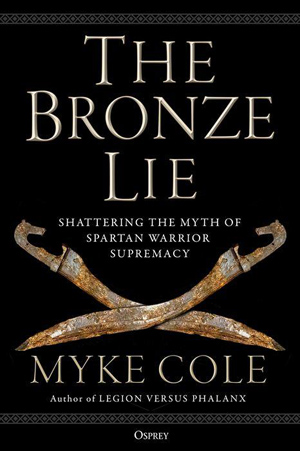 The Bronze Lie: Shattering the Myth of Spartan Warrior Supremacy (Myke Cole, Osprey Publishing, Oxford UK, 2021, 464 pp., maps, illustrations, appendices, glossary, bibliography, index $30.00, hardcover)
The Bronze Lie: Shattering the Myth of Spartan Warrior Supremacy (Myke Cole, Osprey Publishing, Oxford UK, 2021, 464 pp., maps, illustrations, appendices, glossary, bibliography, index $30.00, hardcover)
Studies of Western Civilization tend to view Sparta as a city-state populated entirely by superb warriors who vanquished their foes. The truth is more mundane. They lost to the Athenians in the waters off Naxos shortly after the Peloponnesian Wars. During their most legendary battle at Thermopylae, they did not fight alone, and their sacrifice, while cementing their reputation, did not stop the Persian war machine.
In 371 BC, Sparta’s best warriors were chased down and killed at Leuctra by another group of 300—Theban warriors who defeated the Spartans decisively, even killing their king. A Spartan relief column elected to retreat rather than attempt revenge on the Theban Sacred Band. This does not mean the Spartans were not great warriors, for they had their share of notable victories, as well. For a time, they had the best heavy infantry in Greece, but the modern, idealized image of the Spartans does not hold up to serious scrutiny.
In fairness, such over-idealization is common with many elite military forces, including the Samurai, Mongols, and the British Special Air Service. The author attempts to show the Spartans as they existed, covering their strengths, weaknesses, victories, and defeats. He succeeds in his goal through lively writing, knowledge of his subject, and intellectual honesty, presenting a balanced view of a group overly shrouded in legend. In doing so, he breaks the hold pop culture places on the Spartans and brings them into the light of open scrutiny.
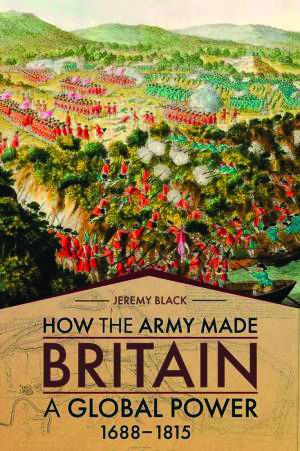 How the Army Made Britain a Global Power 1688-1815 (Jeremy Black, Casemate Books, Havertown PA, 2021, 239 pp., notes, bibliography, index, $65.00, hardcover)
How the Army Made Britain a Global Power 1688-1815 (Jeremy Black, Casemate Books, Havertown PA, 2021, 239 pp., notes, bibliography, index, $65.00, hardcover)
While the Royal Navy has long held a reputation for sailing and fighting around the globe, the British Army is truly its equal as a world-spanning force. During the United Kingdom’s expansion into the British Empire, the army went wherever English ships, missionaries, explorers, and merchants travelled.
From 1760 to 1815, British troops fought in Montreal, Cape Town, Copenhagen, Waterloo, Manila, and throughout the American colonies. While they were not always victorious, they were always taken seriously. Although other European armies never got more than a few hundred miles from their bases, the British mounted successful expeditions thousands of miles from the home islands. Along the way they gained extensive experience, flexibility, and determination. Napoleon scoffed at Wellington, branding him as a Sepoy general, but Wellington beat him decisively in 1815.
This new study of the British army reveals its role both in Britain’s expansion into empire and in the protection and preservation of that empire. The author studies the various places the army fought, analyzing their performance, the lessons learned, and its role in creating the empire. The book also contains extensive information on the technical, organizational, and tactical innovations that occurred during the period.
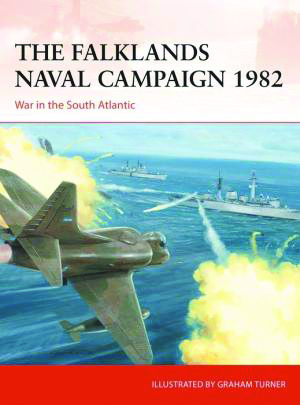 The Falklands Naval Campaign 1982: War in the South Atlantic (Edward Hampshire, Osprey Book, Oxford UK, 2021, 96 pp., maps, photographs, bibliography, index, $24.00, softcover)
The Falklands Naval Campaign 1982: War in the South Atlantic (Edward Hampshire, Osprey Book, Oxford UK, 2021, 96 pp., maps, photographs, bibliography, index, $24.00, softcover)
The Falklands War pitted the United Kingdom, a key NATO member with longstanding military and naval traditions, against Argentina, one of the most powerful countries in South America. It is also one of the few major campaigns in the last 80 years involving true naval combat.
Aircraft carriers, fighter and attack aircraft such as the Harrier jet, nuclear submarines, anti-ship missiles, and large surface warships all saw use during the fighting. Both sides lost ships, but the Royal Navy fought through serious losses to achieve their goal of sea control and the landing of ground forces. Despite sinking or damaging several British ships, eventually the Argentine navy’s own losses forced it out of the campaign, leaving their troops on the islands largely unsupported and doomed to defeat. It proved a risky gamble for Argentina, one that did not pay off and led to a humiliating defeat and unnecessary loss of life for both combatants.
All the major engagements of the war are covered in detail in this book. The author presents the points of view of both sides, providing a balanced look at the various operations. The text is both clear and engaging, giving the reader a good vision of the entire war. The numerous illustrations and maps are high quality, a given from this publisher. The book also includes several pieces of original artwork depicting critical engagements.
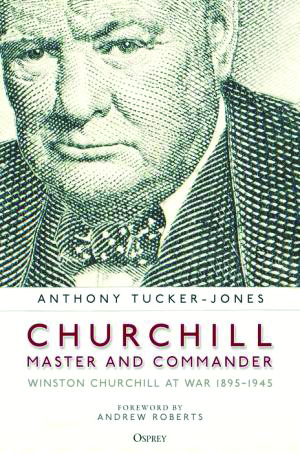 Churchill, Master and Commander: Winston Churchill at Wat 1895-1945 (Anthony Tucker-Jones, Osprey Publishing, Oxford UK, 202, 384 pp., maps, photographs, notes, bibliography, index, $30.00, hardcover)
Churchill, Master and Commander: Winston Churchill at Wat 1895-1945 (Anthony Tucker-Jones, Osprey Publishing, Oxford UK, 202, 384 pp., maps, photographs, notes, bibliography, index, $30.00, hardcover)
Under a hot morning sun on September 2, 1898, near the Sudanese city of Omdurman, the British 21st Lancers received long-awaited orders to attack the enemy. Maj. Gen. Sir Herbert Kitchener instructed his only British cavalry formation to “Annoy them as far as possible on their left flank and head them off if possible from Omdurman.”
The regimental commander, Colonel R.M. Martin, wasted no time. His unit had no battle honors, and he intended to remedy that today. He also had two journalists serving in his unit, ensuring any success would receive public attention. One of those reporters, Lieutenant Winston Churchill, commanded a troop of lancers. Martin didn’t particularly like the young man, who carried a sword and a new model 1896 Mauser pistol. Churchill actually belonged to the 4th Hussars in India, which made him an intruder to the regiment. What is more, Churchill stated he sought a political career, and it became clear that his military adventure in Sudan was only a stop along the way. Nevertheless, Martin sent Churchill out with four squadron of Lancers on their mission. Contact with the enemy came soon after, and Churchill realized he had to do only two things this day: stay alive and act heroically.
Churchill is best known as Great Britain’s prime minister during World War II, but he had military experience and an extensive association with England’s armed forces, either as a politician, first lord of the admiralty, or correspondent in the Sudan and South Africa. This new work focuses on his military service and later oversight from his various political positions. The narrative is clear and very readable. It contains extensive background information that helps place Churchill among the wider historical events through which he lived.
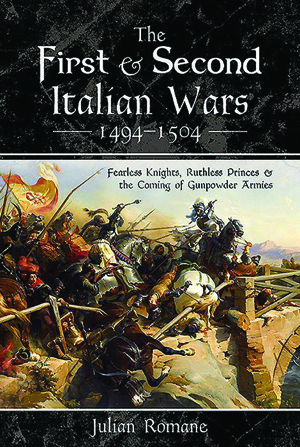 The First and Second Italian Wars 1494 –1504: Fearless Knights, Ruthless Princes and the Coming of Gunpowder Armies (Julian Romane, Pen and Sword Books, South Yorkshire UK, 2021, 255 pp., maps, illustrations, appendices, notes, bibliography, index, $42.95, hardcover)
The First and Second Italian Wars 1494 –1504: Fearless Knights, Ruthless Princes and the Coming of Gunpowder Armies (Julian Romane, Pen and Sword Books, South Yorkshire UK, 2021, 255 pp., maps, illustrations, appendices, notes, bibliography, index, $42.95, hardcover)
At the turn of the 16th Century, Italy was a hotbed of warfare and political maneuvering. A French invasion conquered much of Italy but collapsed soon after. A second French attack seized Northern Italy; this time, they allied with Cesare Borgia, the Pope’s son. The younger Borgia betrayed too many of his agreements, however, and his efforts failed miserably. France attempted to retake Naples, but this attempt also failed at the Battle of the Garigliano River at the hands of Spanish General Gonzalo de Cordoba.
The complexities of European political and military interaction were as present as ever, but change had started to appear. Gunpowder gained prominence over the knights on horseback, leaders developed new methods of transporting heavy artillery and organizing troops, and all of it cost tremendous amounts of money that even large states were hard-pressed to raise.
This book effectively presents the landscape of military change in Europe during the period. It was a complex time, often inscrutable to modern readers, but the author presents the events and his interpretations in a clear way and sheds light on the murkiness of the age’s political intrigue. A set of informative appendices details additional topics, such as the people and economics of the time, along with the rise of gunpowder weapons, new military organizations and other useful subjects.
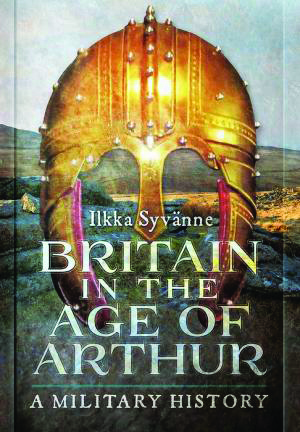 Britain in the Age of Arthur: A Military History (Ilkka Syvanne, Pen and Sword Books. South Yorkshire UK, 2021, 278 pp., maps, photographs, notes, bibliography, index, $44.95, hardcover)
Britain in the Age of Arthur: A Military History (Ilkka Syvanne, Pen and Sword Books. South Yorkshire UK, 2021, 278 pp., maps, photographs, notes, bibliography, index, $44.95, hardcover)
The military forces fielded in England during the “Arthurian” era were primarily remnants of the late Roman Army. A few regular units mixed with mercenaries and citizen militias, often poorly equipped and of varying quality. Together, however, these disparate groups formed the hosts during a legendary time in Britain’s history. The period of 400-550 was the time of Arthur, the mythical king and war leader. Both Arthur and the period he may have lived in are shrouded in mystery, a dearth of solid evidence leading to speculation as to whether he even existed.
In this new work, the author, an expert on late Roman military history, works on the presumption Arthur existed. Much of the evidence for Arthur comes from the writings of Geoffrey of Monmouth, and the author interprets this material to form a likely picture of what transpired during the period. The book compares known historical events to the Arthur mythology; the author argues these two lines of investigation generally match. The work also uses Arthur’s existence and life to help describe warfare during this period and the armies that fought the various conflicts.
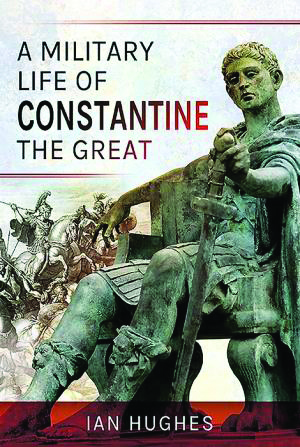 A Military Life of Constantine the Great (Ian Hughes, Pen and Sword Books, South Yorkshire UK, 2021, 304 pp., maps, photographs, notes, bibliography, index, $$42.95, hardcover)
A Military Life of Constantine the Great (Ian Hughes, Pen and Sword Books, South Yorkshire UK, 2021, 304 pp., maps, photographs, notes, bibliography, index, $$42.95, hardcover)
Roman Emperor Constantine the Great is best known for his conversion to the Christian faith, but he was also an effective military leader. During a reign of more than 30 years, he fought several campaigns, some against foreign opponents but many against home-grown enemies who sought the throne. He began his reign co-ruling with three others and fought for years to defeat them and secure his place as the sole ruler of Rome. Most famously, he defeated his rival Maxentius at the Battle of the Milvian Bridge in October 312. He later fought against the Goths and Sarmatians, and a campaign against the Persians was deep in preparation when Constantine fell ill and died soon thereafter.
Constantine received the appellation “the Great” due to his efforts in support of Christianity, giving him a special place in the hearts of Christian historians over the centuries. The author of this new book assesses Constantine’s military achievements, measuring whether the epithet is deserved more for his martial prowess. The Roman leader’s decisions and campaigns are broken down, described in detail, and judged even-handedly. The author discusses the effects of the emperor’s military reforms and the state and organization of his armies. A number of good maps accompany the text and assist the reader in following the narrative.
SHORT BURSTS
The Russian Civil War 1918-1921: An Operational-Strategic Sketch of the Red Army’s Combat Operations (Translated by Richard W. Harrison, Casemate Books, 2021, $65.00, hardcover). This book is part three of the three-volume official Soviet history of the war. While biased, it provides valuable information about the conflict.
The Cold War Wilderness of Mirrors: Counterintelligence and the U.S. and Soviet Military Liaison Missions 1947-1990 (Aden C. Magee, Casemate Books, 2021, $34.95, hardcover). The Military Liaison Missions provided a legal way for the two nations to spy on one another during the Cold War, in the hope of preventing actual hostilities.
SAS Combat Vehicles 1942-91 (Gavin Mortimer, Osprey Books, 2021, $19.00, softcover). The British Special Air Services has a long tradition of using modified four-wheel-drive vehicles for combat missions. This book reveals their origins and evolution.
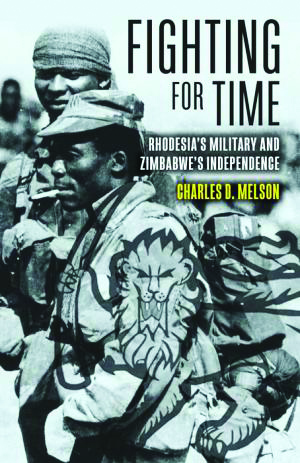 Fighting for Time: Rhodesia’s Military and Zimbabwe’s Independence (Charles D. Melson, Casemate Books, 2021, $65.00, hardcover). The author presents a new perspective on this little-known conflict of the 1960s and 1970s. He uses extensive participant accounts to bring the narrative to life.
Fighting for Time: Rhodesia’s Military and Zimbabwe’s Independence (Charles D. Melson, Casemate Books, 2021, $65.00, hardcover). The author presents a new perspective on this little-known conflict of the 1960s and 1970s. He uses extensive participant accounts to bring the narrative to life.
Suez Crisis 1956: End of an Empire and the Reshaping of the Middle East (David Charlwood, Pen and Sword Books, 2021, $26.95, softcover). The Suez Crisis ranks among the last attempts by the United Kingdom and France to retain their imperial pretensions. This book is an excellent overall treatise on the event.
Spies on the Mekong: CIA Clandestine Operations in Laos (Ken Conboy, Casemate Books, 2021, $34.95, hardcover). Laos proved a hotbed of espionage and intrigue during the Second Indochina War. This book reveals the complexities and depth of operations conducted there.
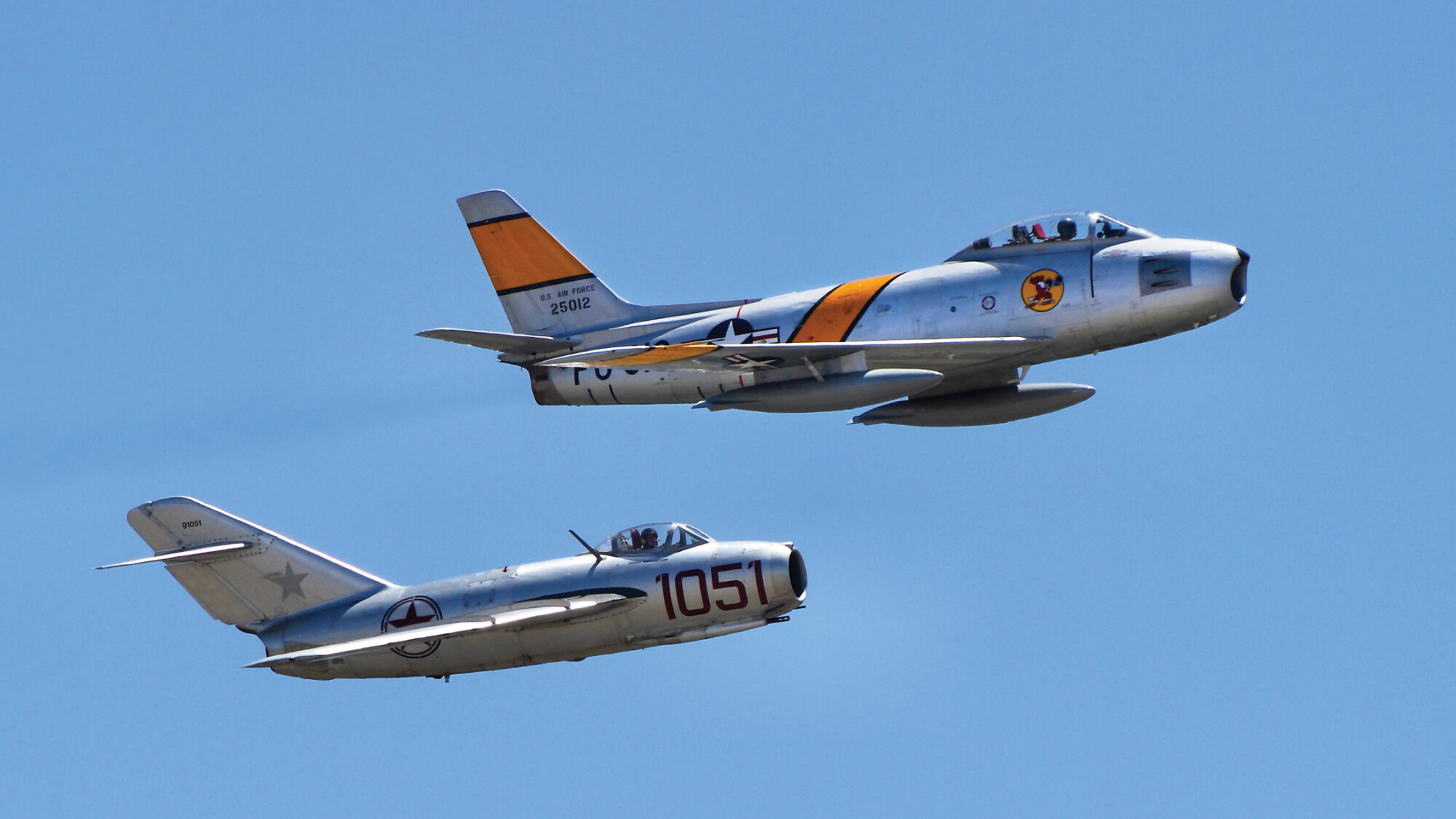
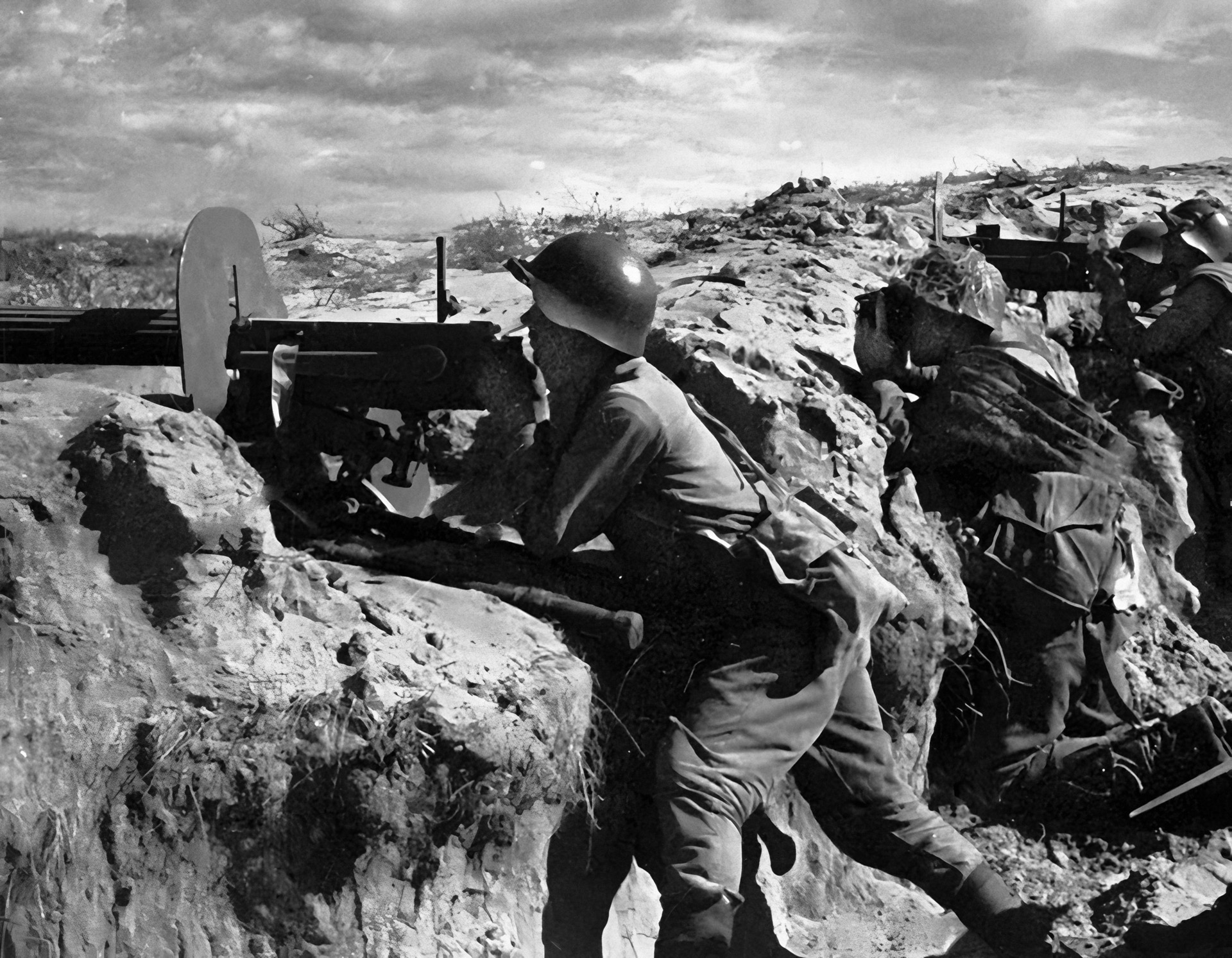
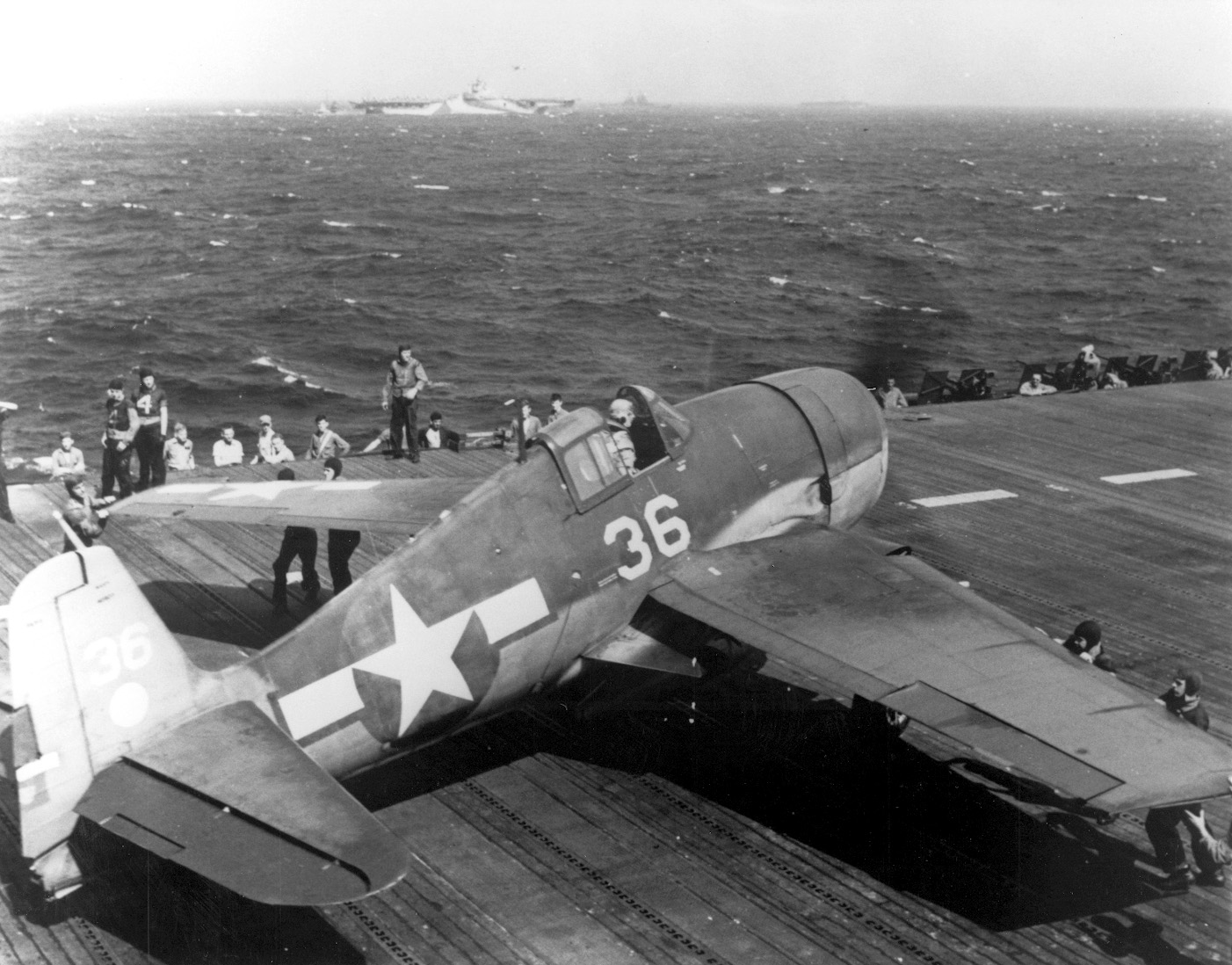
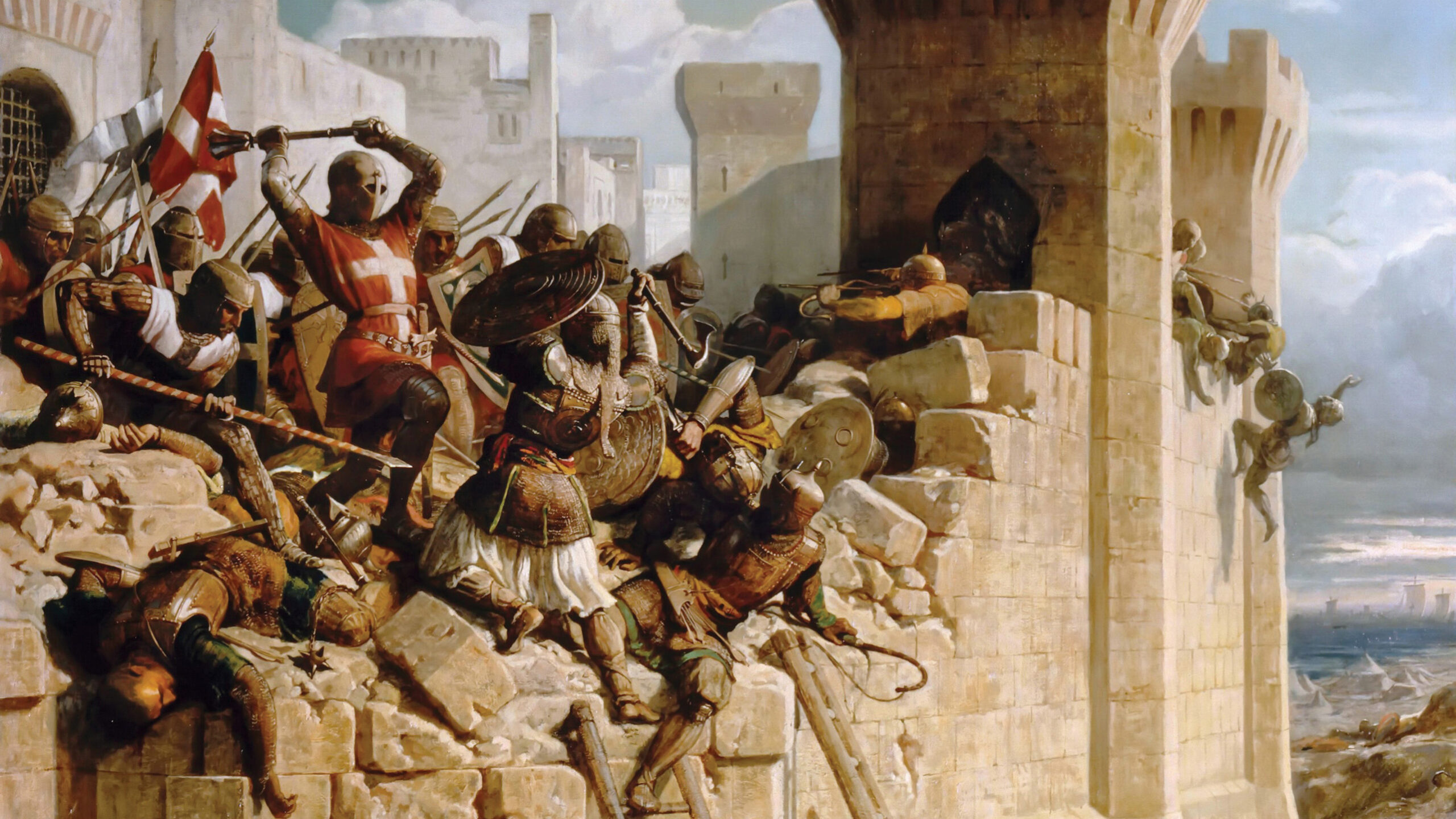
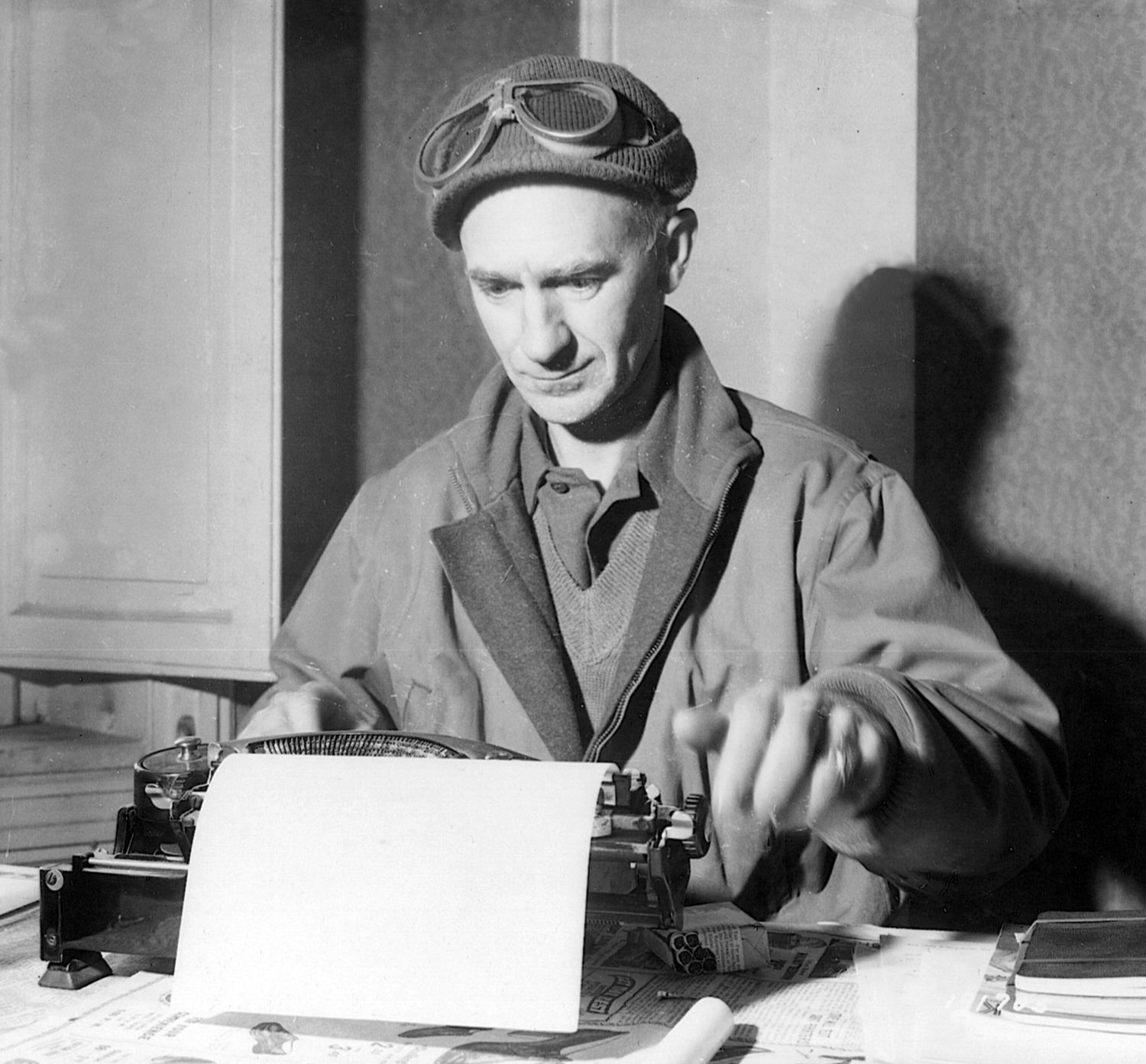
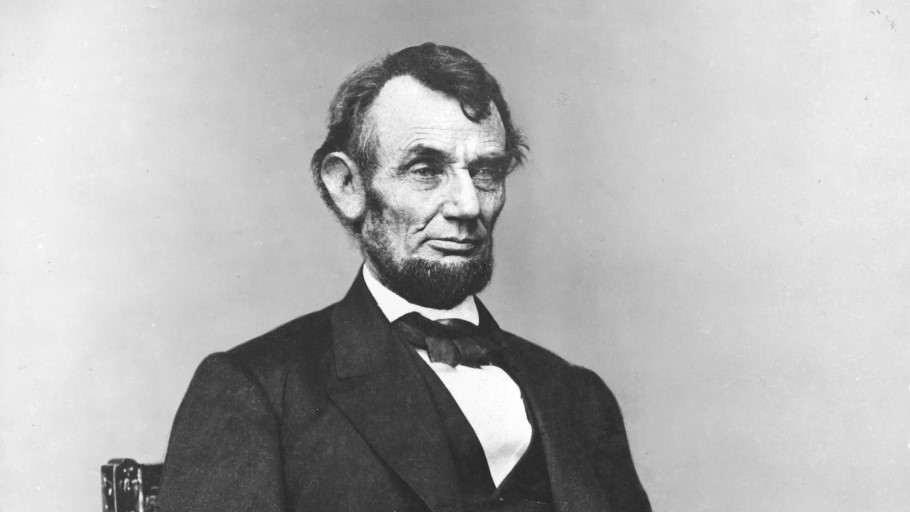
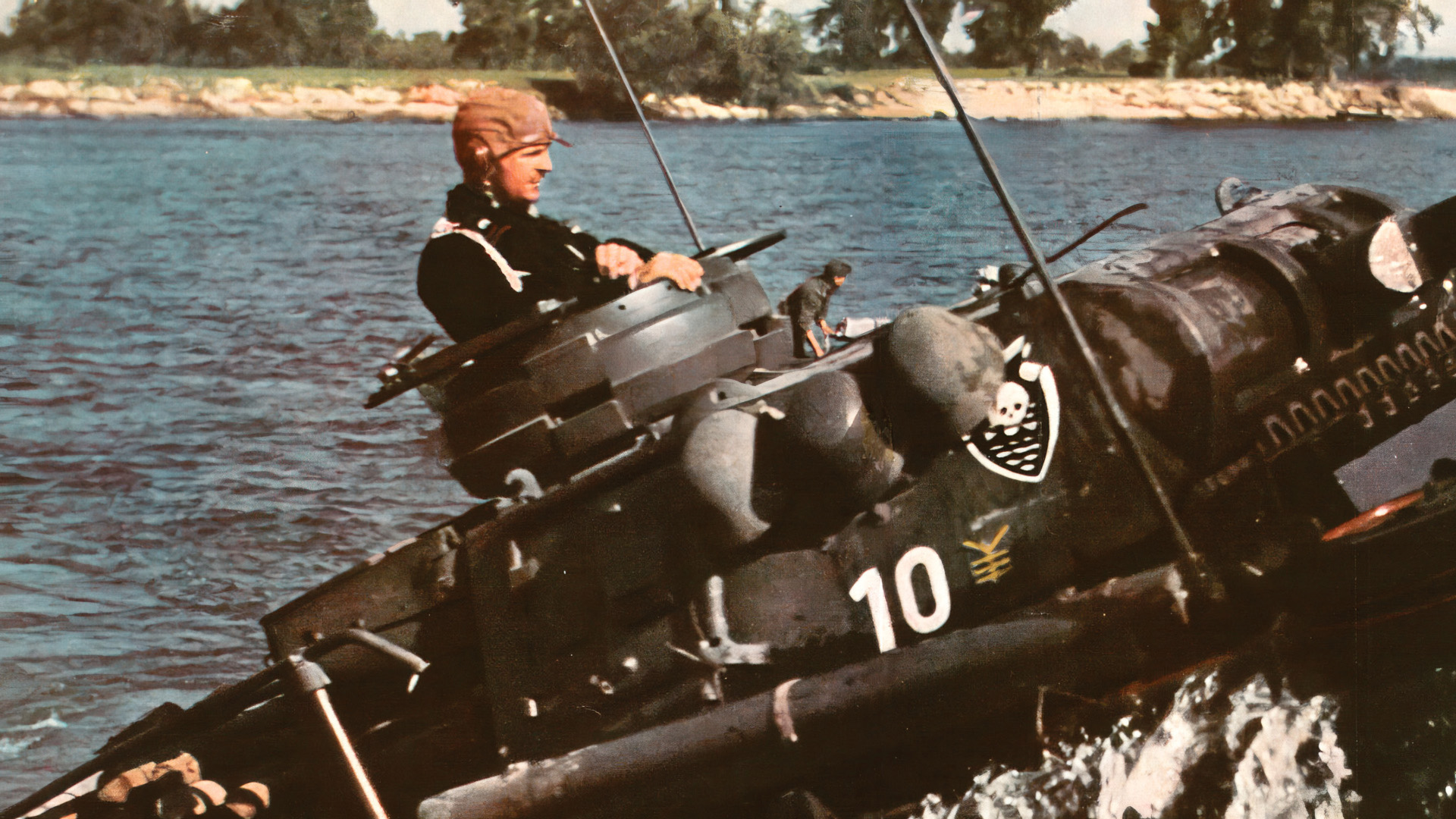
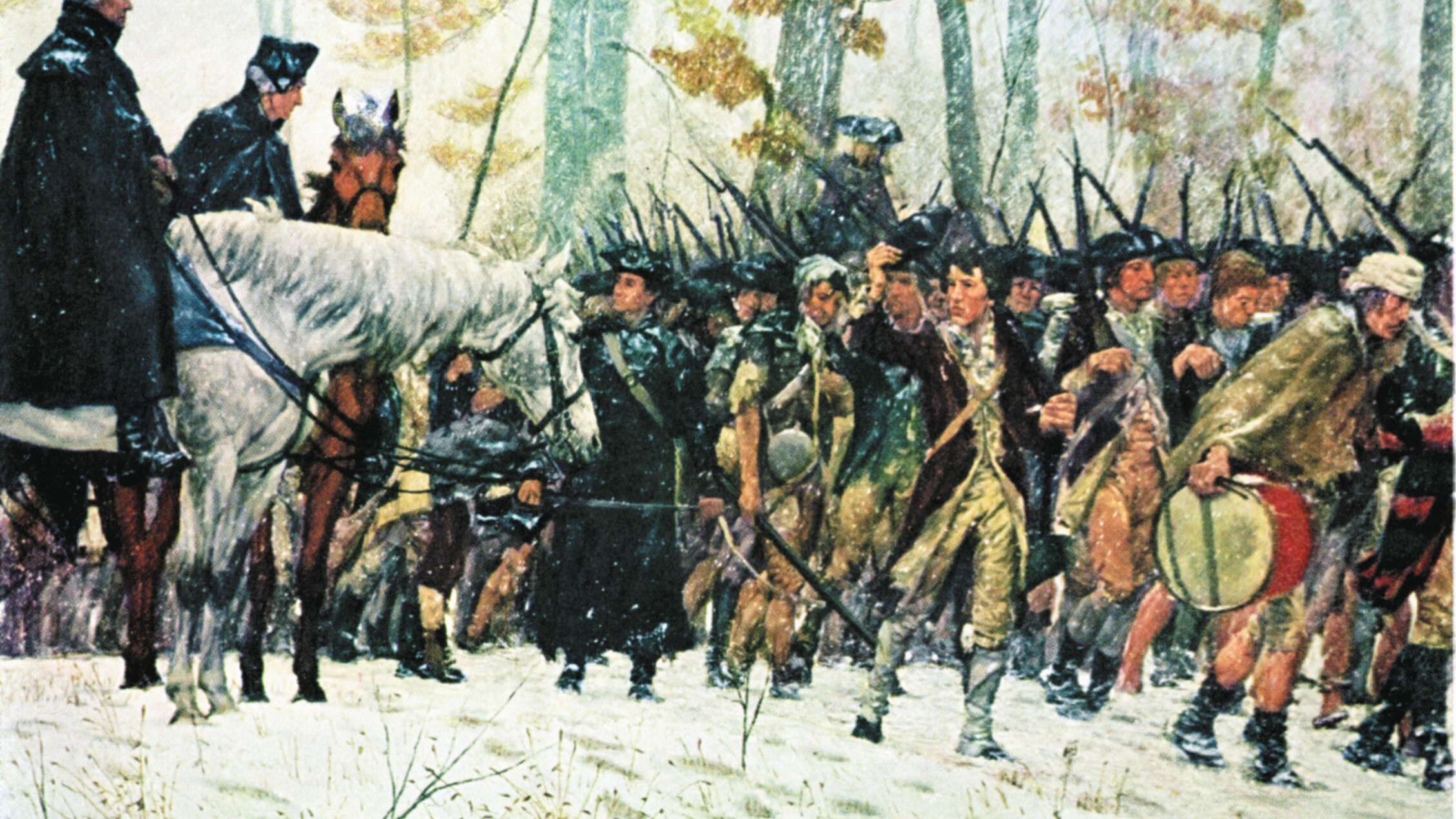
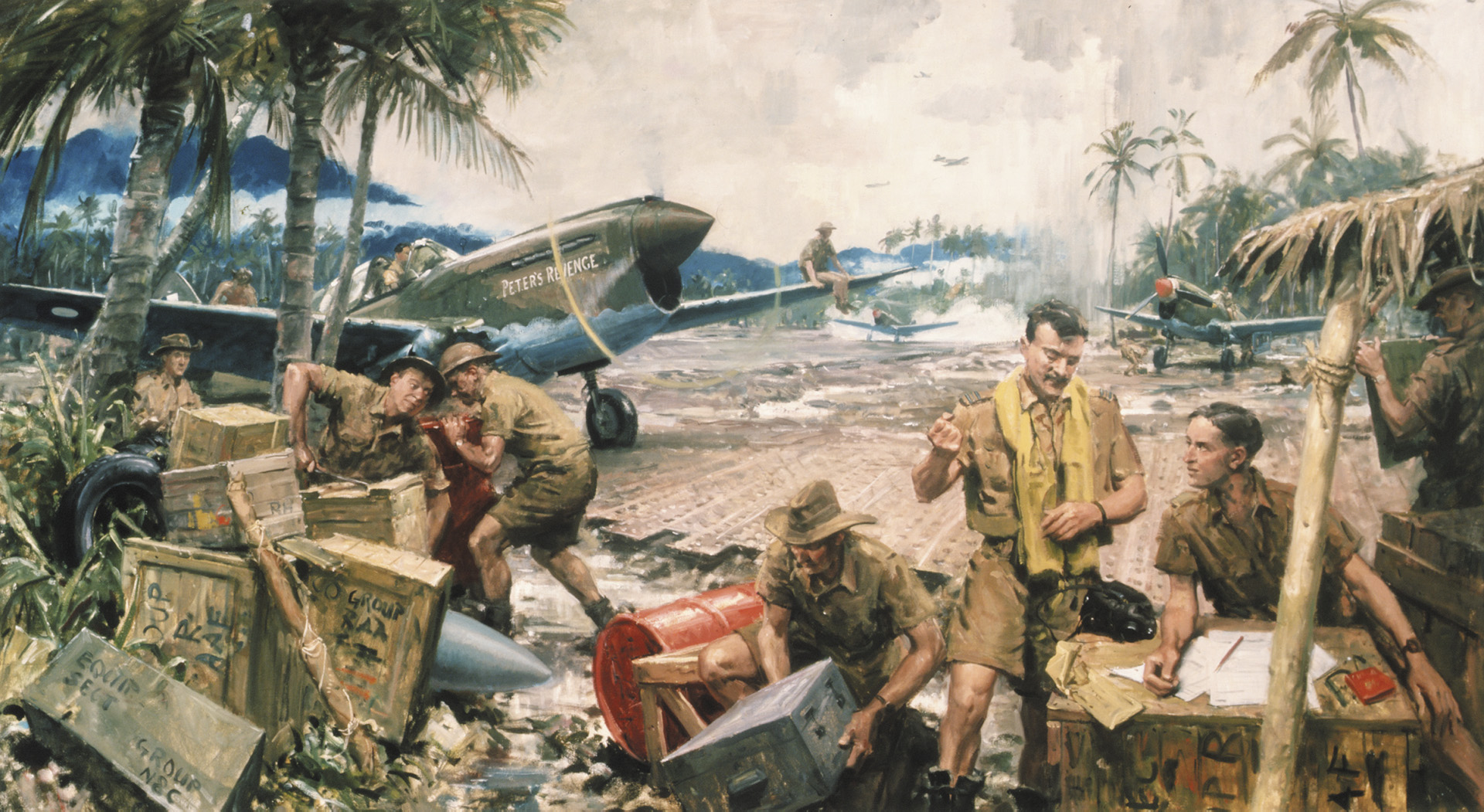
Join The Conversation
Comments
View All Comments